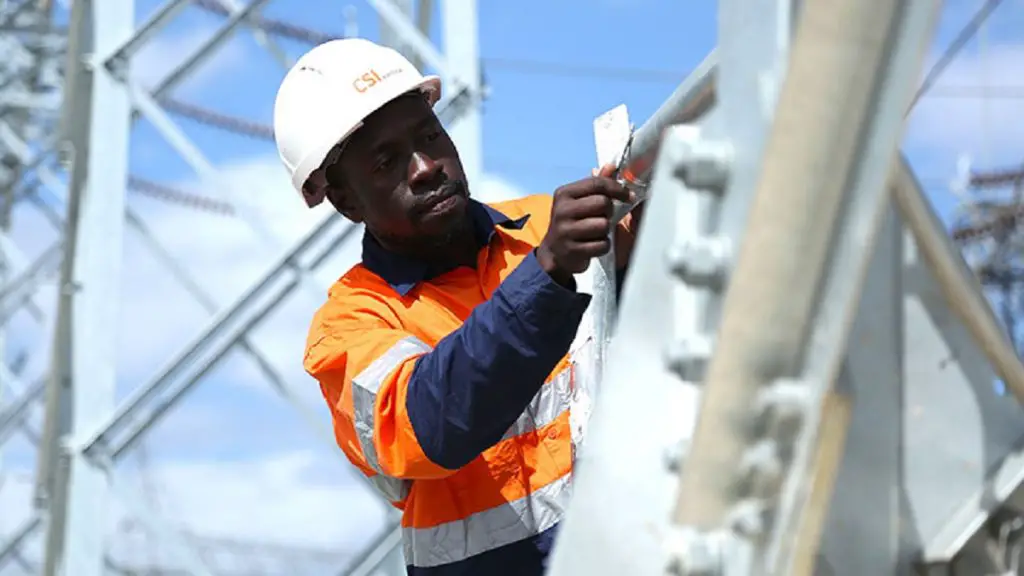Tanzania’s prime location on the African continent has given it the advantage of connects six land-locked countries to the Indian Ocean.
In addition, the country has abundant and world-class wind and solar resources making a suitable power producer who can export this power to the neighbouring countries.
The country is also the sixth-most populous country in sub-Saharan Africa with vast amounts of natural gas reserves which present enormous opportunities for investment in the sector.
Generating Electricity in Tanzania! How Many Billions Can Solar Light-up?
According to Power Africa, Tanzania’s government has committed to reform the operations of the national utility TANESCO to meet new demand through low-cost solutions.
High reliance on expensive thermal and emergency generation sources have helped make the sector financially unviable. Tanzania has made progress in grid expansion, increasing generation capacity with natural gas, facilitating an enabling environment for solar home systems, and publishing of new standard Power Purchase Agreement for small producers but more progress is needed to provide adequate and reliable electricity.
But up until such a time, the country’s regions not connected to the grid have to rely on alternative sources of power including JUMEME, a mini-grid operator in Tanzania co-funded by the European Commission.
Jumeme has launched a “covid-19 relief programme” to support the Tanzanian government and local populations in their effort to fight the covid-19 coronavirus pandemic. With this programme, JUMEME will use its local solar-hybrid mini-grids to provide 10 healthcare facilities in the Lake Victoria Islands with free electricity services for the coming three months.
As free and reliable electricity supply will help keep operations run smoothly, it will also free up much needed financial resources to better prepare the local healthcare facilities to fight the pandemic.
In addition to its 12 solar-hybrid mini-grids already in operation in the Lake Victoria area, JUMEME is also finalizing the implementation of 11 mini-grids on the shores of Lake Tanganyika, in the Northwest of Tanzania, which will connect 10 more health centres once operational.
Tanzania: The next big Sub-Saharan energy hub
JUMEME intends to extend its relief programme to this area to support their local health centres as soon as the new project is completed.
Health centres are common in Tanzania’s remote rural areas and patients rely on these facilities to receive first aid and treatments for common infections, before being referred to larger, better-equipped facilities if needed.
Founded in 2014, JUMEME seeks to develop, build, and operate mini-grids in rural Tanzania.
The company is a partnership between St. Augustine University of Tanzania, INENSUS, a German company specializing in the development, technology and consultancy services of rural mini-grids; TerraProjects, an Austrian specialist in renewable energy project development; and the majority shareholder RP Global, an Austrian developer, investor and operator of renewable energy projects.
JUMEME aims at setting up a total of 300 mini-grid systems to serve over 1,000,000 people by the year 2023 across rural Tanzania, in line with the government of Tanzania’s agenda of electrifying its rural areas.
Tanzania suffered a power deficit last year and if the transmission systems within the East African Community were functional, Tanzania could have saved more than double the cost of thermally generated power by importing it from neighbouring countries at US$500 million.
The Tanzania Energy Development and Expansion Project (TEDAP) has been working to connect as many Tanzanians as possible. So far, the construction of a 225km overhead 400kV double-circuit backbone transmission interconnection line between the central towns of Dodoma and Iringa, forming part of a 632km transmission network, connecting the mining region of Shinyanga with agricultural part of the country in Iringa, has been completed, thus securing supply to agriculture, industries and domestic users while promoting the sustainability of the government’s plans to increase overall connectivity to 50 per cent by 2025.
